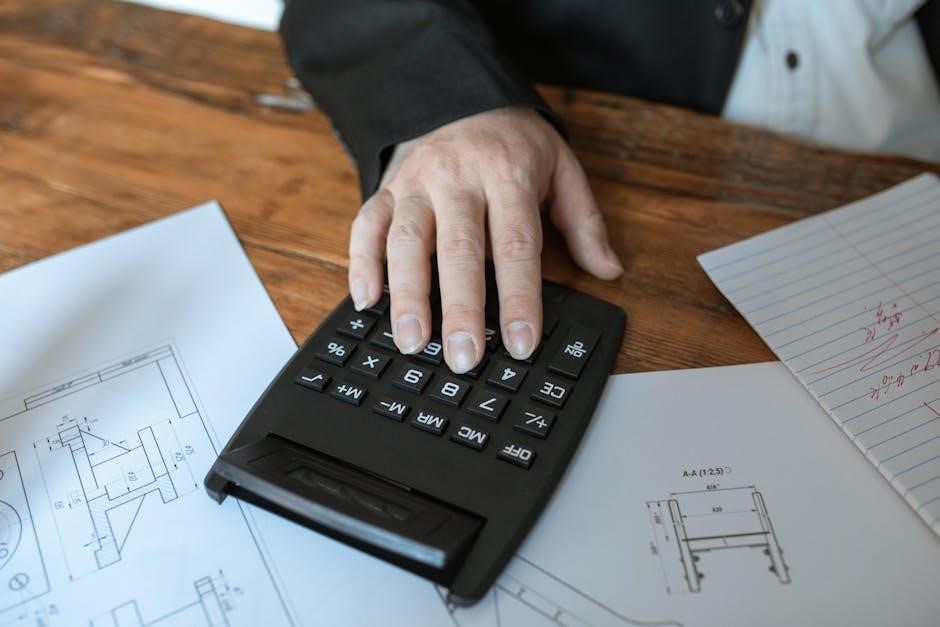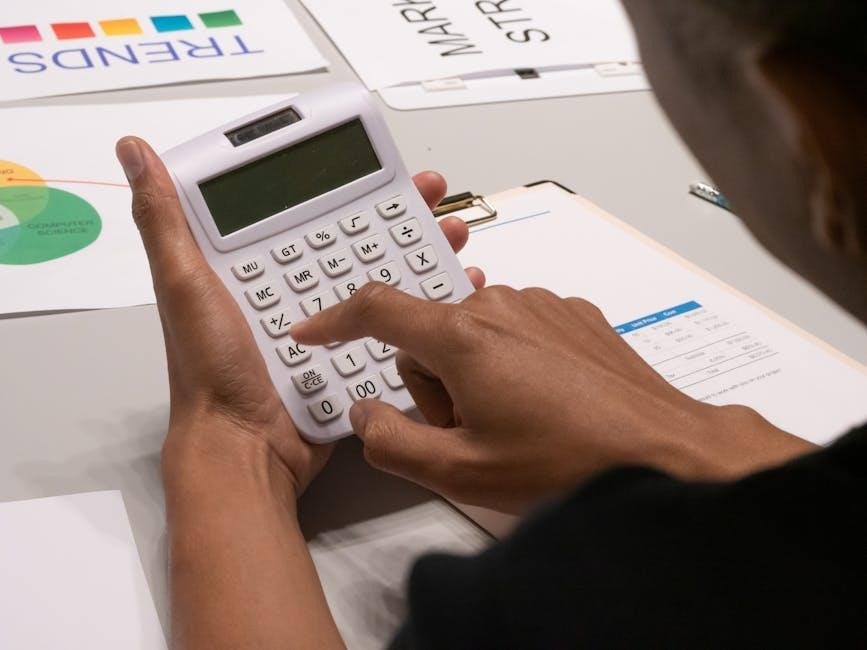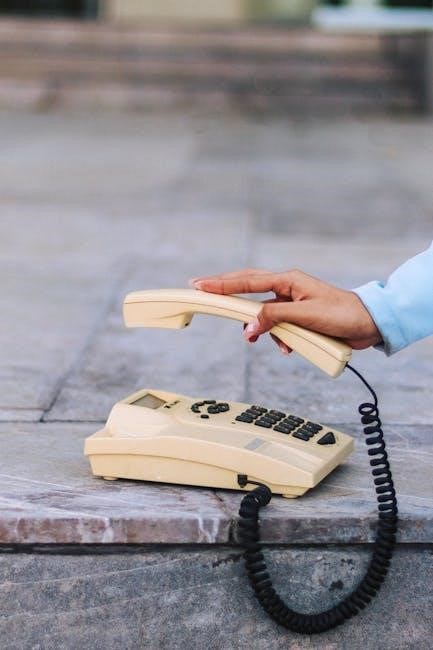first data fd130 user manual

First Data FD130 User Manual: A Comprehensive Guide
This comprehensive guide serves as your all-in-one resource for mastering the First Data FD130 terminal. From initial setup and establishing connectivity to processing diverse card transactions, handling refunds efficiently, and expertly managing batch settlements, this manual will provide you with a seamless experience.
The First Data FD130 terminal is a versatile and reliable payment processing solution designed to meet the needs of various businesses. It combines performance, security, and ease of use in a compact, feature-rich device. The FD130 is engineered to facilitate quick and secure card payments, ensuring smooth transactions for both merchants and customers.
This terminal supports a wide range of payment methods, including traditional credit and debit cards, EMV chip cards, and contactless payments like Apple Pay and other NFC-enabled options. Its user-friendly interface and straightforward operation make it accessible for businesses of all sizes, from small retail shops to larger enterprises.
The FD130 is built with advanced security features to protect sensitive cardholder data, ensuring compliance with industry standards and regulations. Its fast processing speeds minimize transaction times, improving customer satisfaction and overall efficiency. With its robust functionality and compact design, the First Data FD130 is an excellent choice for businesses seeking a dependable and secure payment processing solution.
This manual will guide you through every aspect of using the FD130, from initial setup to advanced features, ensuring you can maximize its capabilities for your business.
FD130: What’s in the Box
Unboxing your new First Data FD130 terminal, you’ll find everything you need to get started with secure and efficient payment processing. The package is carefully assembled to ensure you have all the necessary components for a smooth setup and immediate use.
Inside the box, you will find the FD130 Terminal itself, the core component for processing transactions. A Power Cable (1m) along with an AC/DC power adapter block ensures the terminal receives the necessary power to operate effectively. To safeguard customer privacy during transactions, a Privacy Shield is included, offering an additional layer of security.
For network connectivity, an IP Cable is provided to connect to your internet network. In cases where a traditional phone line is preferred, a PSTN Dial Cable is also included. To get you started right away, two Paper rolls are included for printing receipts.
Each component is designed to work seamlessly together, allowing you to quickly set up your terminal and begin accepting card payments. This comprehensive package ensures you have everything required for immediate operation and efficient transaction processing.
FD130 Terminal Installation and Setup
Setting up your First Data FD130 terminal is a straightforward process designed for ease of use. Begin by connecting the power cable to the terminal and plugging it into a reliable power outlet. Ensure the terminal is placed on a stable surface, allowing for easy access and visibility for both you and your customers.
Next, establish a network connection. If using an Ethernet connection, plug the IP cable into the terminal and your network router. Alternatively, the FD130 also supports a PSTN dial-up connection; connect the phone cable accordingly. Once the physical connections are secure, power on the terminal.
The FD130 will guide you through the initial setup with on-screen prompts. Follow these instructions carefully to configure your terminal settings, including network parameters and merchant information. Be prepared to enter necessary details such as your merchant ID and terminal ID. After the configuration is complete, perform a test transaction to verify the setup and ensure that all connections are working correctly.
With these steps, your FD130 terminal will be ready to process transactions efficiently.
Accepting Card Payments on the FD130
The First Data FD130 terminal simplifies the process of accepting various card payments, ensuring seamless transactions for both you and your customers. To initiate a transaction, start by selecting the “Sale” option on the terminal’s idle screen. The terminal will then prompt you to enter the transaction amount. Input the correct amount using the keypad and press the “Enter” key to proceed.
Next, your customer can present their card for payment via one of three methods: swiping, inserting a chip card, or tapping for contactless payments. For magnetic stripe cards, swipe the card through the card reader on the side of the terminal. For EMV chip cards, insert the card into the chip reader slot located at the front of the terminal. For contactless payments, instruct the customer to tap their card or mobile device near the contactless symbol on the terminal.
Follow the on-screen prompts to complete the transaction. The terminal may require the customer to enter their PIN for debit card transactions or provide a signature for credit card transactions. Once the transaction is approved, the terminal will print a receipt. Provide a copy to the customer and retain one for your records. The FD130 ensures secure and efficient payment processing.
Processing EMV Chip Card Transactions
The FD130 terminal is fully equipped to handle EMV chip card transactions, providing an added layer of security against fraud. To process an EMV chip card transaction, begin by initiating a sale on the terminal. Enter the transaction amount accurately and press the “Enter” key to proceed. Next, instruct the customer to insert their EMV chip card into the designated chip reader slot located on the front of the FD130 terminal.
Ensure that the chip is facing up and is fully inserted into the reader. The terminal will then read the chip and communicate with the card issuer to verify the card’s authenticity and available funds. During this process, the customer may be prompted to enter their PIN if it is a debit card, or they may be asked to sign the screen if it is a credit card. Follow the on-screen prompts carefully to guide the customer through the authentication process.

Once the card is authenticated and the transaction is approved, the FD130 terminal will print a receipt. Provide a copy of the receipt to the customer and retain one for your own records. It is crucial to ensure that the EMV chip card remains inserted in the terminal throughout the entire transaction process to avoid any errors or disruptions.
Processing Contactless Payments
The FD130 terminal simplifies contactless payments, enabling you to accept transactions from mobile wallets and contactless cards effortlessly. To initiate a contactless payment, begin by entering the purchase amount on the terminal and pressing the “Enter” key. Once the amount is confirmed, instruct the customer to hold their contactless card or mobile device near the contactless payment symbol on the FD130, usually located on the top of the device.
The terminal will then communicate wirelessly with the card or device to process the payment. Ensure the card or device is held steady within close proximity, typically within an inch or two, of the designated area during the transaction. A successful connection is usually indicated by an audible beep or a visual confirmation on the terminal’s screen. The transaction will be processed automatically, and a receipt will be printed once completed.
In some cases, particularly for higher transaction amounts, the customer may be required to provide additional verification, such as entering a PIN or providing a signature. Follow the on-screen prompts to guide them through any necessary steps. Contactless payments offer a convenient and speedy way to process transactions, enhancing customer satisfaction and reducing transaction times.
FD130 Key Functions and Navigation
Navigating the FD130 terminal is intuitive, thanks to its user-friendly interface and clearly labeled keys. The keypad features numeric keys for entering amounts and selecting options, along with function keys that provide access to various features. The “Enter” key confirms selections and initiates transactions, while the “Clear” key allows you to correct errors or return to the previous screen. The “Cancel” key cancels the current operation or returns to the main menu.
The FD130’s menu is structured to provide easy access to essential functions. Common options include “Sale” for processing new transactions, “Void” for canceling transactions, “Refund” for issuing refunds to customers, and “Settlement” for closing the batch and transmitting transaction data to your merchant account provider. The “Reports” menu provides access to various reports, such as transaction summaries and detailed transaction logs.
To navigate the menu, use the arrow keys to highlight the desired option and press “Enter” to select it. Follow the on-screen prompts to complete the desired action. The FD130 also features shortcut keys for frequently used functions, such as accessing the settlement menu directly. Familiarizing yourself with these key functions and navigation techniques will enable you to efficiently operate the FD130 and manage your payment processing operations effectively.
Performing Void Transactions
Voiding a transaction on the FD130 terminal is a straightforward process, essential for correcting errors or canceling sales. To initiate a void, navigate to the “Void” function within the terminal’s menu. This may be located under a “Transaction” or “Functions” menu, depending on your specific terminal configuration.

Once in the “Void” menu, you’ll typically be prompted to enter information to identify the transaction you wish to void. This often involves entering the transaction number or invoice number. Ensure accuracy to avoid voiding the wrong transaction. After entering the necessary information, the terminal will display the transaction details for confirmation. Carefully review these details to ensure you are voiding the correct sale.
Upon confirmation, the FD130 will prompt you to confirm the void. Select “Yes” to proceed. The terminal will then process the void, and a confirmation receipt will be printed. It’s crucial to retain this void receipt for your records. Remember, voids are typically only possible within the same batch as the original transaction. If the batch has already been settled, you’ll likely need to process a refund instead.
Running Reports and Batch Settlements

The FD130 terminal offers several reporting features to help you manage your sales data effectively. To access reports, navigate to the “Reports” menu. Common reports include transaction summaries, detailed transaction logs, and batch reports. Transaction summaries provide an overview of sales activity, while detailed logs offer granular information on each transaction.
Batch settlements are crucial for finalizing your daily transactions and transferring funds to your account. To settle a batch, locate the “Settlement” or “Close Batch” function within the terminal’s menu. Before settling, it’s recommended to run a batch report to verify the accuracy of the transactions included. This report allows you to identify any discrepancies before the settlement is finalized.
Once you’ve reviewed the batch report, initiate the settlement process. The FD130 will connect to the payment processor and transmit the batch data. After the settlement is complete, a settlement report will be printed, confirming the total amount settled. Store this report for reconciliation purposes. Regular batch settlements ensure timely fund deposits and accurate financial record-keeping.
Troubleshooting Common FD130 Issues
Encountering issues with your FD130 terminal can disrupt your business operations. Fortunately, many common problems can be resolved with simple troubleshooting steps. If the terminal displays a “No Communication” error, check the network cable connection and ensure the terminal is properly connected to the internet or phone line. Restarting the terminal can also resolve temporary connectivity glitches.
If you experience issues with card reading, try cleaning the card reader slot with a card reader cleaning card. For EMV chip card reading problems, ensure the card is fully inserted into the slot and remains in place throughout the transaction. Contactless payment failures may be due to improper card placement or interference from other devices. Make sure the card is held directly over the contactless symbol on the terminal.
If the terminal freezes or becomes unresponsive, try performing a soft reset by unplugging the power cable for a few seconds and then plugging it back in. If the problem persists, consult the FD130’s user manual or contact First Data’s support team for further assistance. Always keep a record of error messages and troubleshooting steps taken for efficient support resolution.
FD130 Quick Reference Guide Overview
The FD130 Quick Reference Guide serves as a concise and readily accessible tool for daily operations. It provides a streamlined overview of the terminal’s key functions and procedures, ensuring efficient transaction processing. This guide is designed for both new and experienced users, offering a swift reminder of essential steps.
Within the guide, you’ll find step-by-step instructions for common tasks, such as processing sales, performing voids, and settling batches. The guide clearly outlines the button sequences and menu navigation required for each function. It also includes troubleshooting tips for resolving minor issues and common error messages. The quick reference also covers EMV and contactless payment processing guidelines.
The FD130 Quick Reference Guide is designed for speed and efficiency, allowing users to quickly find the information they need without wading through lengthy manuals. Keep this guide readily available near your FD130 terminal for immediate assistance and enhanced operational productivity. It is an invaluable resource for ensuring smooth and accurate transaction handling.
Accessing Additional Support and Resources
While this comprehensive manual aims to cover all aspects of the FD130 terminal, you might occasionally require further assistance. First Data provides a range of additional support resources to ensure your continued success and satisfaction. These resources are designed to address specific issues and offer in-depth guidance beyond the scope of this manual.
For immediate support, consider visiting the First Data website. Here, you can access a wealth of information, including FAQs, troubleshooting guides, and software downloads. The website also provides contact information for technical support, allowing you to connect with a knowledgeable representative who can assist you with complex issues.

Furthermore, First Data offers online training modules and video tutorials covering various aspects of the FD130 terminal. These resources provide visual demonstrations and step-by-step instructions for specific tasks. Don’t hesitate to explore these resources to deepen your understanding and optimize your terminal usage. By utilizing these available channels, you can ensure your business operations run smoothly.